
View of Hintereisferner on 23 June 2018 (left) and 23 June 2022 (right). 2018 is considered a bad year for the mass balance of the glacier. In 2022, however, the situation was even dramatically worse, as there was hardly any protective snow cover left already in June. Credit: www.foto-webcam.eu
In the summer of 2022, one of Tyrol’s most expansive glaciers experienced its most significant loss of mass on record. Last year, the Hintereisferner in Tyrol, Austria, reached its Glacier Loss Day (GLD) earlier than ever before.
Located deep within the Tyrolean Ötztal, the Hintereisferner glacier has been under diligent observation for over a century. Records tracing its mass balance have been consistently maintained since 1952, ranking it among the most extensively researched glaciers in the Alps. For years, it has been central to glacier and climate studies at the University of Innsbruck.
Since 2016, the researchers have also been surveying the glacier with a worldwide unique system: the surface of the glacier is scanned daily with a terrestrial laser scanner returning the glacier surface elevation changes.
This way, the change in the volume of the Hintereisferner is monitored in real-time. Innsbruck glaciologist Annelies Voordendag led the measurement on-site at the Hintereisferner, the results of the researchers’ investigations have now been published as a highlighted article in the journal The Cryosphere.
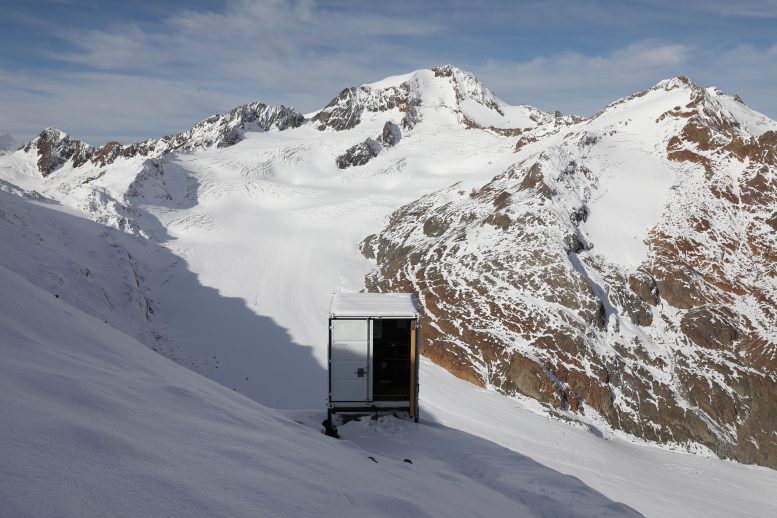
The terrestrial laser scanner’s container housing at Hintereisferner in October 2022. Credit: Eva Fessler
“Already in the early summer of 2022, it became clear that the day when the ice the glacier gained during the winter starts melting away would be reached very soon. We call this day the ‘Glacier Loss Day’ or GLD for short. It can be compared to the Earth Overshoot Day, which marks the date when we use up more natural resources than the Earth can renew in a year,” explains Annelies Voordendag.
Monitoring a glacier’s volume and mass alterations on a daily basis provides a quick assessment of its condition in a given year.
Observing glaciers’ health
When the GLD arrives, it means the glacier is no longer in balance with the natural conditions for that year. The earlier the GLD happens, the more time is left in the remaining summer that the glacier likely will lose volume and thus, mass.

The “Ice and Climate” group has been working for many years in the “outdoor laboratory” on the Hintereisferner in the Ötztal. Credit: Rainer Prinz
“We track the daily volume changes with the automated terrestrial laser scanning setup overlooking the glacier and derive the day that the mass gained during winter has been lost,” says Voordendag. In 2022 the GLD was measured on the 23rd of June. In the two previous years, Glacier Loss Day was reached only in the middle of August.
Also in years with negative balance extremes – such as 2003 and 2018 – this day was not reached until the end of July.
Even if not every summer in the future will necessarily be like the one in 2022, the trend is clear for the glaciologists, because the developments lie outside normal fluctuation ranges: “These are clear signals of anthropogenic climate change. The consequences of our greenhouse gas emissions are already hitting us hard today,” adds glaciologist Rainer Prinz from the “Ice and Climate” working group in Innsbruck.
The future projections of development do not present an encouraging outlook either. Only half of the Hintereisferner will be left in 10 to 20 years,” the team summarizes in their study. These are clear climate change signals that are due to anthropogenic global warming and the consequences of our greenhouse gas emissions, which are already fully affecting us today.”
Reference: “Brief communication: The Glacier Loss Day as an indicator of a record-breaking negative glacier mass balance in 2022” by Annelies Voordendag, Rainer Prinz, Lilian Schuster and Georg Kaser, 29 August 2023, The Cryosphere.
DOI: 10.5194/tc-17-3661-2023

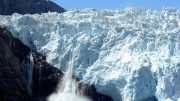

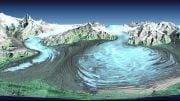
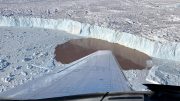



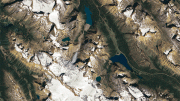
“In 2022 the GLD was measured on the 23rd of June.”
What is the mean and standard deviation for the GLD? Is the June 23rd date a greater than 2 sigma event?
How about a graph showing the GLD date since 1952?
The GLACIERS HAVE GOT TO GO, WE WILL NEED TO MOVE THERE.